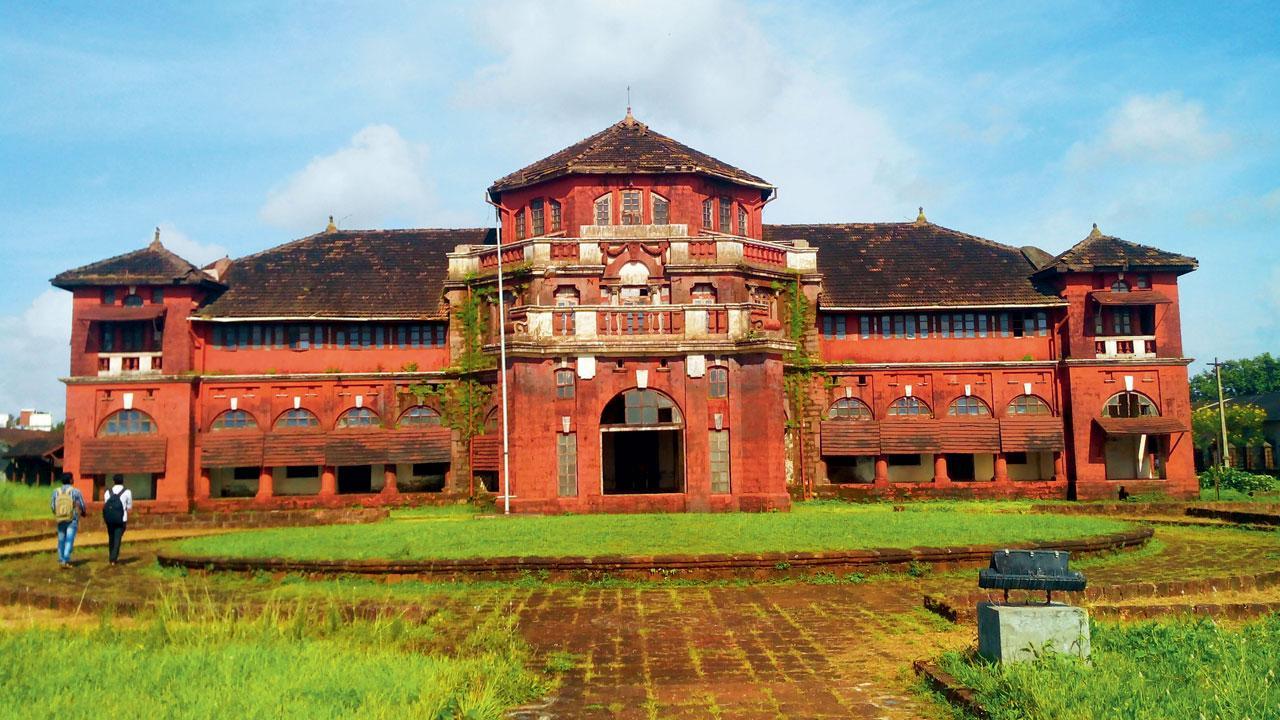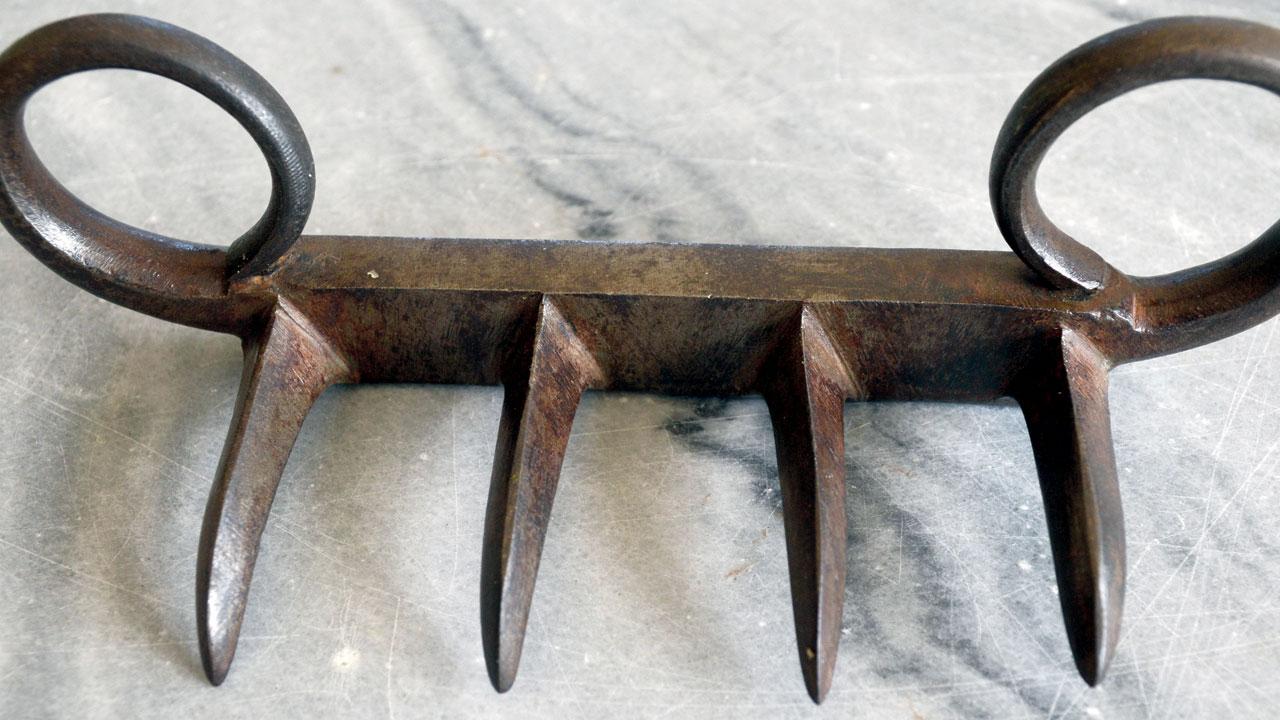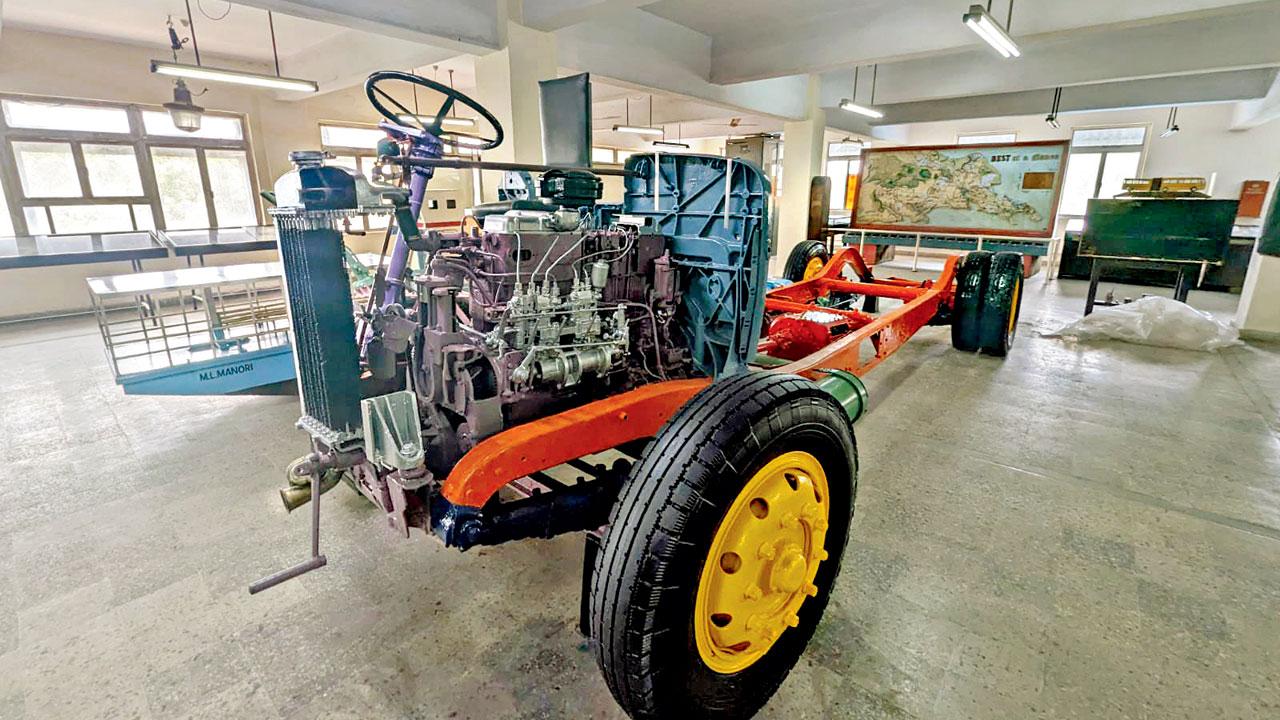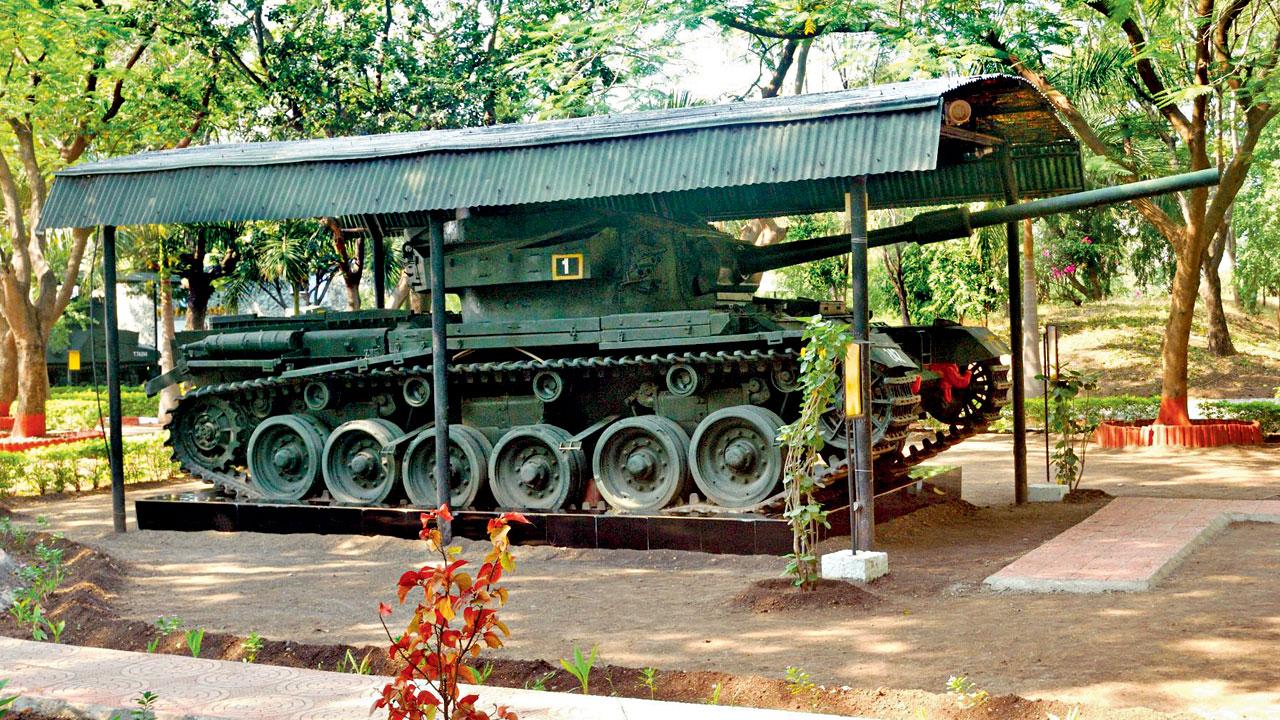With an earthquake memorial museum in Gujarat up for an international award, we look at a few museums in Maharashtra that are deserving of more attention too—from a Ratnagiri palace turned prison for a king to an homage to Mumbai’s transport history

A museum at Thiba palace in Ratnagiri tells the sorrowful story of a Burmese king who was exiled and placed under house arrest there by the British
Not many will have known about the Smritivan Earthquake Memorial Museum in Bhuj until it recently became the first in India to be shortlisted as one of the seven most beautiful museums in the world, up for the prestigious Prix Versailles Award announced annually by UNESCO. Sunday mid-day takes a look at some museums that are closer home in Maharashtra, which are lesser known but offer a lot to interest and educate visitors—perfect for a day out in the monsoon, when outdoor activities are limited.
ADVERTISEMENT

Central museum, Nagpur
Did you know that one of the country’s oldest museums is in Maharashtra? The Nagpur Central Museum, also known as Ajab Bangla, was originally established by the British in 1863. It houses a rare collection including ancient inscriptions and artefacts from the Indus Valley civilisation, as well as Mughal-and British-era weaponry and coins. Notably, this is among four museums that have been selected to exhibit the wagh nakh (knuckle duster) was used by Shivaji Maharaj to kill Afzal Khan, general of Bijapur Sultanate back in 1659. The wagh nakh will be in India for three years, on loan from the Victoria & Albert Museum,London.
RBI museum, Fort
It’s said money is power, and so is knowledge. At the RBI Monetary Museum, one can get both. Here, visitors can learn about the history and evolution of money, from the humble barter system to the complex banking and forex systems of today. Among the museum’s highlights are exhibits of coins from Gupta and Chola empire, as well as the British Raj. The museum also features interactive displays with slideshows and quizzes to keep children engaged.
Thiba palace, Ratnagiri
Looks can be deceiving, and Thiba palace in Ratnagiri is testament to this. At first glance, this three-storeyed palace looks like grand home fit for a king, but it tells the sorrowful story of the exiled king of Myanmar (then Burma), who was placed under house arrest there by the British from 1910 till his death in 1916. The palace now serves as a museum, with King Thibaw’s possessions on display, including a statue of Buddha from Myanmar. Built with red brick and teak wood, the palace features both British and Burmese architecture, with arched windows and verandahs that wrap around the structure.

BEST museum, Sion
With the BEST Undertaking completing 150 years of transport in the city, this one is for both, history and transport buffs. This museum at BEST’s Anik bus depot in Sion houses gives a glimpse into how people commuted in the Bombay of yore, with photos and miniature models of old buses. The main attraction is the chassis of a classic Daimler double decker bus, refurbished just last year. Daimler’s double deckers were the first such buses to be introduced to the city in 1937, and the chassis is a marker of how the administration responded to the Mumbai’s expanding commuter count.

Cavalry museum, Ahmednagar
Military buffs will find plenty to interest them at the Cavalry museum in Ahmednagar, said to be the only museum of its kind in Asia. It displays close to 50 tanks and armoured vehicles from different countries such as Pakistan, Japan and, of course, India. One of its oldest exhibits is a silver Rolls Royce Ghost armoured car. Another highlight is a World War I tank with a tractor’s chassis. Also on exhibit are some war trophy tanks that were taken from the Pakistani military during both the Indo-Pakistani wars of 1965 and 1971.
 Subscribe today by clicking the link and stay updated with the latest news!" Click here!
Subscribe today by clicking the link and stay updated with the latest news!" Click here!












